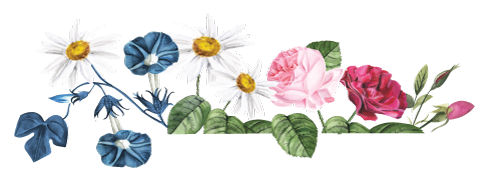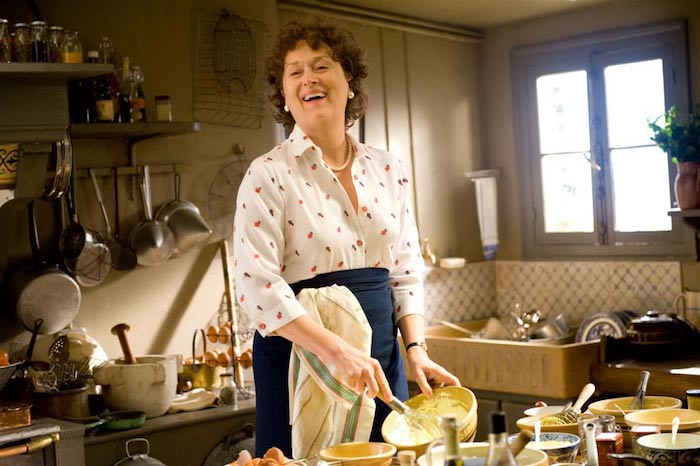
Admit it, wedding toasts are usually forgettable affairs. Sure, you might giggle once or twice at some inside joke from the best man, or let out an awww whenever the father of the bride shares a childhood anecdote. But to really stand out, a wedding speech has to be funny, inventive, all while tugging at the heartstrings.
Unfortunately, not everyone is a natural at public speaking. And the pressure to say something meaningful on what is arguably one of the most important days in a person’s life can be quite intimidating. Thankfully, for those who find the mic intimidating, there’s The Toastess, a speech ghostwriting service created by Alexandra Levine who, when not penning toasts, is a staff columnist at The New York Times and once worked on their Weddings desk.
Since establishing The Toastess, Levine has written speeches for brides and grooms, maids of honor and best men, bridesmaids and groomsmen, graduates and more. Here, she shares her top tips on how to master the mic during a wedding toast.
Never start with thank yous.
“It’s something that we always see,” says Levine. “Starting with thank yous is the obvious way to go—it’s safe, polite, and easy to come up with. (Yawn.) Opening lines are like first impressions; they should be used to set the tone for the rest of the speech, put the audience at ease, put yourself at ease, and let the room know that you’re sharing something thoughtful and something they haven’t already heard. You have only a couple punchy opening lines to captivate the room, so make the best of them.”
Open with the unexpected.
“The best way to instantly capture eyes and ears is by saying something no one’s expecting. We recently wrote a bridesmaid’s speech that opened with a line from Shakespeare: ‘Friends, Romans, countrymen, lend me your ears!’ Others began with a couple of lines spoken dramatically in Italian, or with a reference to the groom’s lifelong affinity for light sabers, well before he became a very serious corporate lawyer. None were random; they all helped tell the story of that particular bride, groom, or couple. But all of them had people laughing, or at the very least intrigued, from the get-go.”
Know the difference between anecdotes and inside jokes.
“Anecdotes are everything; they’re how you ‘show, don’t tell’ when illustrating the bride, groom, or couple. We always say: ‘The more concrete, the better!’ Unusual, quirky, or eccentric anecdotes also add great color, when done properly. But there’s a fine line between telling meaningful stories and listing inside jokes. A meaningful or valuable story is one that says something larger about the person or relationship, beyond a one-off, ‘Remember that time when . . . ’ that doesn’t show us much beyond that day in 1992.”
Give ample airtime to the bride, the groom, and the bride and the groom.
“You may be better friends with one person, but remember: It’s about the couple,” Levine explains. “There’s no formula here to follow—the speech does not need to be split into equal thirds about the bride, the groom, and the couple—but making the speech well rounded is a must. Because when it’s not balanced, it’s noticeable.”
Balance the humorous with the heartfelt.
“While many wedding writers and event planners advise against roasting, we say go for it! (In fact, kindhearted roasts are what many of our clients ask for.) It’s tricky toeing the line between roast and toast, but it’s not impossible. Again, there’s no formula to achieve that balance between humor and heart, comedy and compassion, but we typically keep the mush to jokes ratio at about 60:40 in either direction.”
Focus on the person whose party you’re in, not on yourself.
“For those of us who love the spotlight, it can be easy to forget whom the speech is about,” Levine notes. “And at a rehearsal dinner with a half-dozen other toasts, you may find yourself searching for over-the-top ways to make yourself stand out from the rest of the wedding party. But remember your goal for when you’re getting up there. If singing a song, rapping the speech, or performing a skit elevates or better communicates the couple’s story, we’re all for it. But if there’s no real rhyme or reason for it, try to achieve that ‘wow factor’ in some other way. One recent client, for example, came to us asking for the toast to be written to the tune of ‘Let it Go’ from Disney’s Frozen. Since there was no clear purpose for it—other than the fact that most people know the tune—we advised against it. That said, if the bride had loved Broadway tunes so much that her now-husband proposed to her backstage at Frozen, singing the toast would have made far more sense.”
Partner up, if you can.
“It can feel like the highest honor to be asked to make a solo speech at your best friend’s wedding. And we’ve written many soliloquies! But we often ask our clients whether he or she would like to partner up. Here’s why: It’s less nerve-wracking for you, it allows for more creativity in the presentation (with more theatricality and witty back-and-forth banter), it’s easier to memorize, and overall, it’s more fun.”
Memorize the thing.
“Nothing signals ‘master of the mic’ more than a speech that looks effortless and off-the-cuff. It’s the most challenging tip of them all, but a true game-changer. It requires more work and planning, but we always recommend making this a priority. A strong speech is as much in the delivery as it is in the content. For those who find it impossible to memorize, we recommend printing out your speech on paper so that you can avoid reading it off an iPhone.”
If you’re looking for help with your wedding speech, contact The Toastess here.












